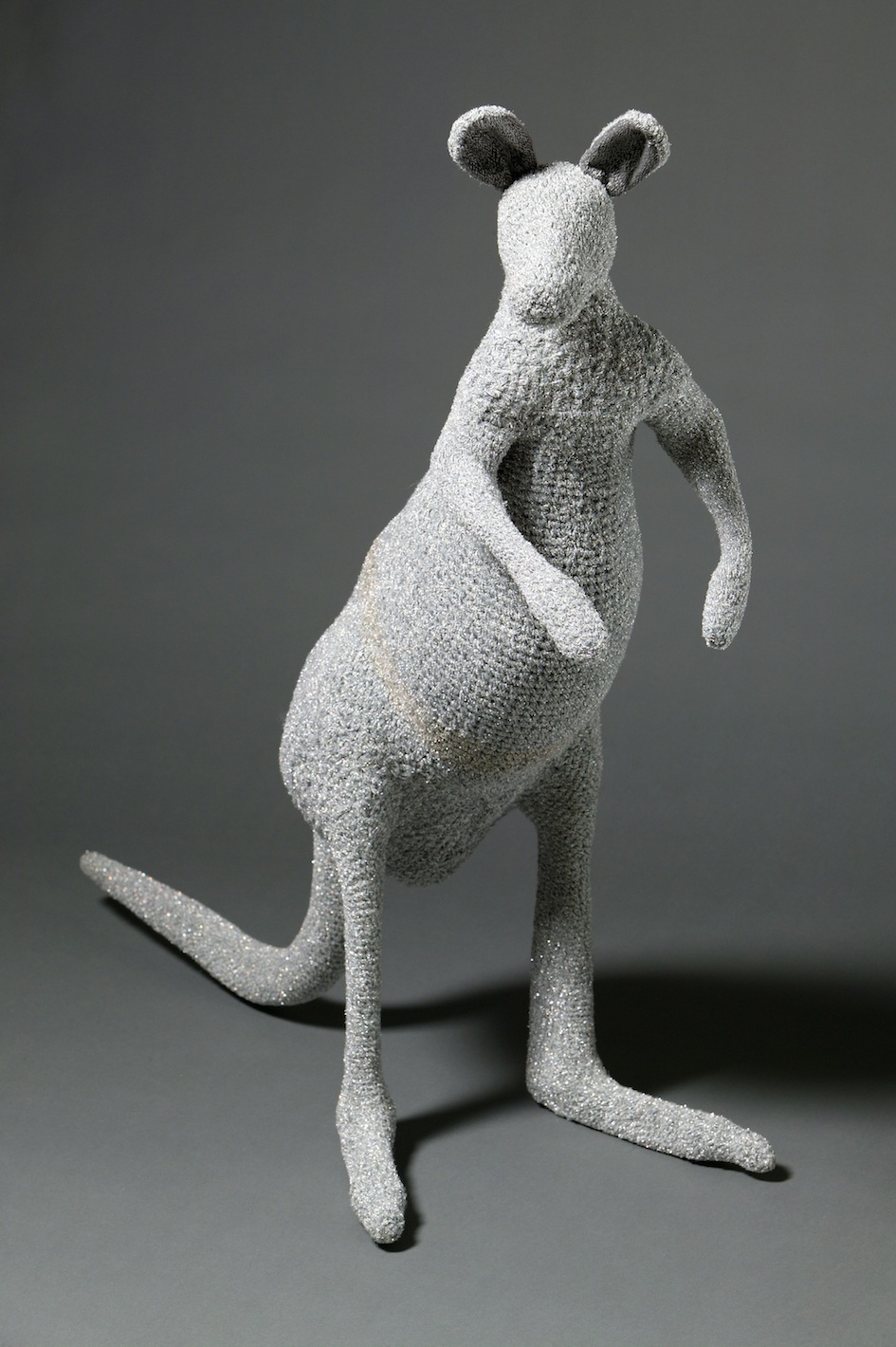Affective and Transnational: The Bounding Kangaroo
Keywords:
kangaroo, Barron Field, Charles Harpur, DH LAwrence, Emily Dickinson, Frank O'HaraAbstract
The following article is concerned with poetic uses of the word ‘kangaroo’ locally and transnationally, with particular notice given to affective aspects of this use, as well as the associated figuring of racial and/or national divisions. Attention to such relational aspects inevitably means attention to kangaroos not just as a linguistic term, but, also, as represented beings. In what follows we will meet happy kangaroos, sad kangaroos, terrified kangaroos and awesome kangaroos. Given that Michael Ackland refers to the kangaroo as ‘a metonym for the [Australian] landscape’ (25), I consider what these representations have to say about how land is represented in the Australian poems of Barron Field and Charles Harpur, as well as in a poem by D. H. Lawrence. What do kangaroos do, what are they doing in American poems? In texts Emily Dickinson and Frank O’Hara, they have been appropriated respectively for purposes of metaphor and metonym.Downloads
Issue
Section
Articles
License
The copyright for articles in this journal is retained by the author(s), with first publication rights granted to the journal. By virtue of their appearance in this open access journal, articles are free to use with proper attribution in educational and other non-commercial sectors.Attribution-NonCommercial-ShareAlike 2.1 Australia
This work is licensed under the Creative Commons Attribution-NonCommercial-ShareAlike 2.1 Australia License. To view a copy of this license, visit http://creativecommons.org/licenses/by-nc-sa/2.1/au/ or send a letter to Creative Commons, 543 Howard Street, 5th Floor, San Francisco, California, 94105, USA.
How to Cite
Affective and Transnational: The Bounding Kangaroo. (2014). Journal of the Association for the Study of Australian Literature, 13(3). https://openjournals.library.sydney.edu.au/JASAL/article/view/10069

